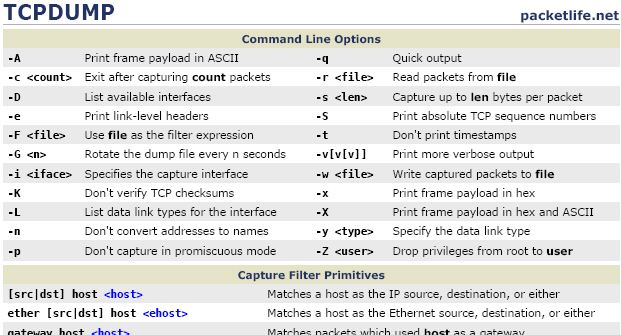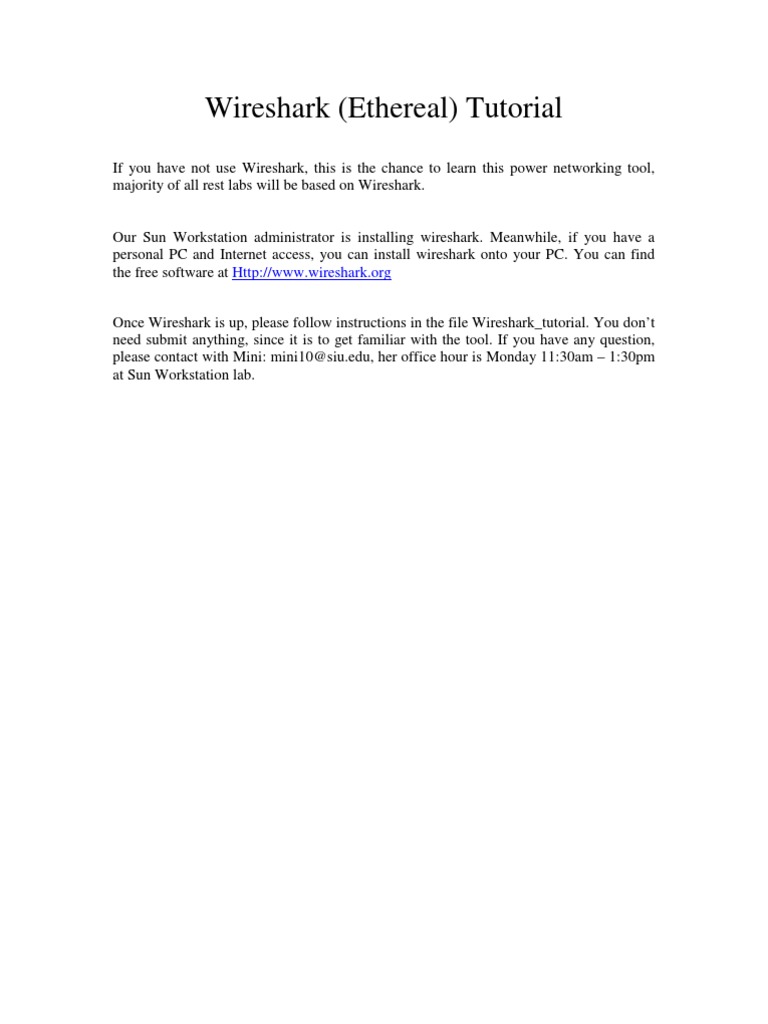



For more precision, find the Original Entry Point (OEP) in a debugger and dump with OllyDumpEx.To try unpacking the specimen quickly, infect the lab system and dump from memory using Scylla.Determine whether the specimen is packed by using Detect It Easy, Exeinfo PE, Bytehist, peframe, etc.Right-click in disassembler » Search for » Current module » Intermodular calls Highlight all occurrences of the keyword in disassemblerĪssemble instruction in place of selected oneĮdit data in memory or instruction opcode Set software breakpoint on specific instruction X64dbg/x32dbg for Dynamic Code Analysis Run the code Ghidra for Static Code Analysis Go to specific destination

Adjust the runtime environment for the specimen as it requests additional local or network resources.Activate services ( INetSim or actual services) requested by malware and reinfect the system.Redirect network traffic ( fakedns, accept-all-ips).Monitor network interactions ( Wireshark, Fiddler).Detect major local changes ( RegShot, Autoruns).Monitor local interactions ( Process Hacker, Process Monitor, ProcDOT, Noriben).Be ready to revert to good state via virtualization snapshots, Clonezilla, dd, FOG, PXE booting, etc.Document findings, save analysis artifacts and clean-up the laboratory for future analysis.Augment your analysis using other methods, such as memory forensics and threat intel.Repeat steps 4-8 above as necessary (the order may vary) until analysis objectives are met.Perform dynamic code analysis to understand the more difficult aspects of the code.Analyze relevant aspects of the code statically with a disassembler and decompiler.Perform behavioral analysis to examine the specimen's interactions with its environment.Emulate code execution to identify malicious capabilities and contemplate next steps.Examine static properties and meta-data of the specimen for triage and early theories.Set up a controlled, isolated laboratory in which to examine the malware specimen.Use automated analysis sandbox tools for an initial assessment of the suspicious file.To print it, use the one-page PDF version you can also edit the Word version to customize it for you own needs. It outlines the steps for performing behavioral and code-level analysis of malicious software. This cheat sheet presents tips for analyzing and reverse-engineering malware.


 0 kommentar(er)
0 kommentar(er)
